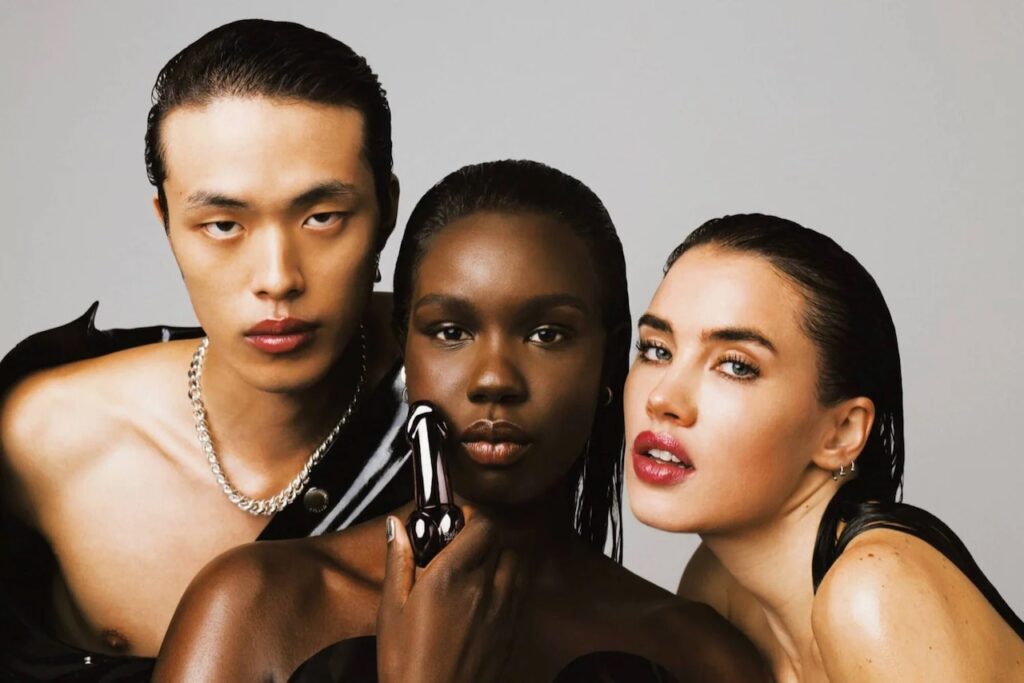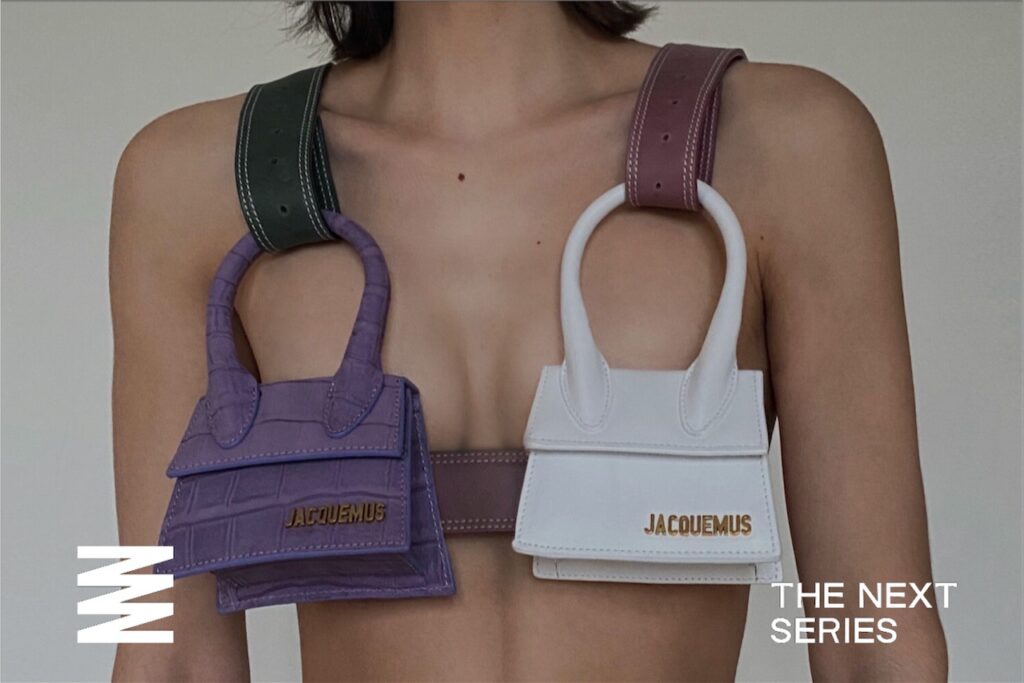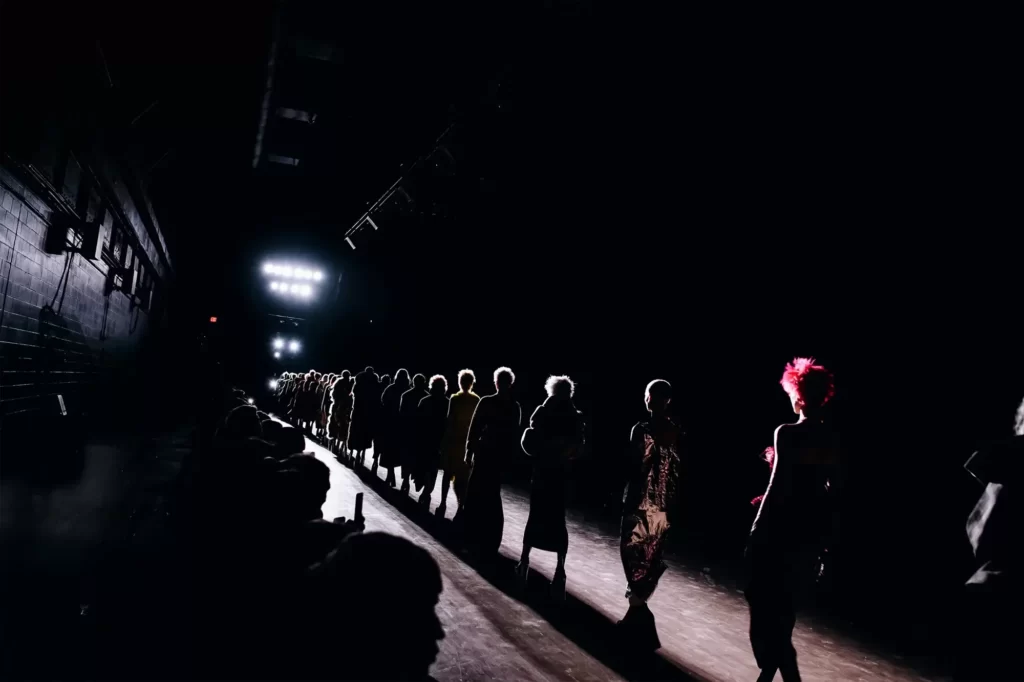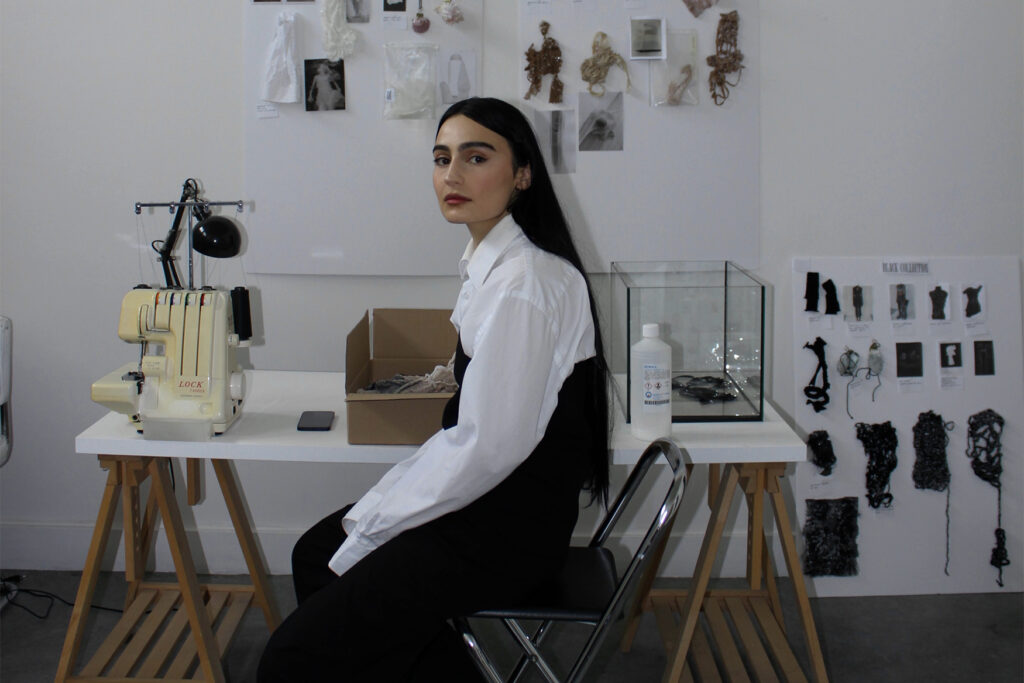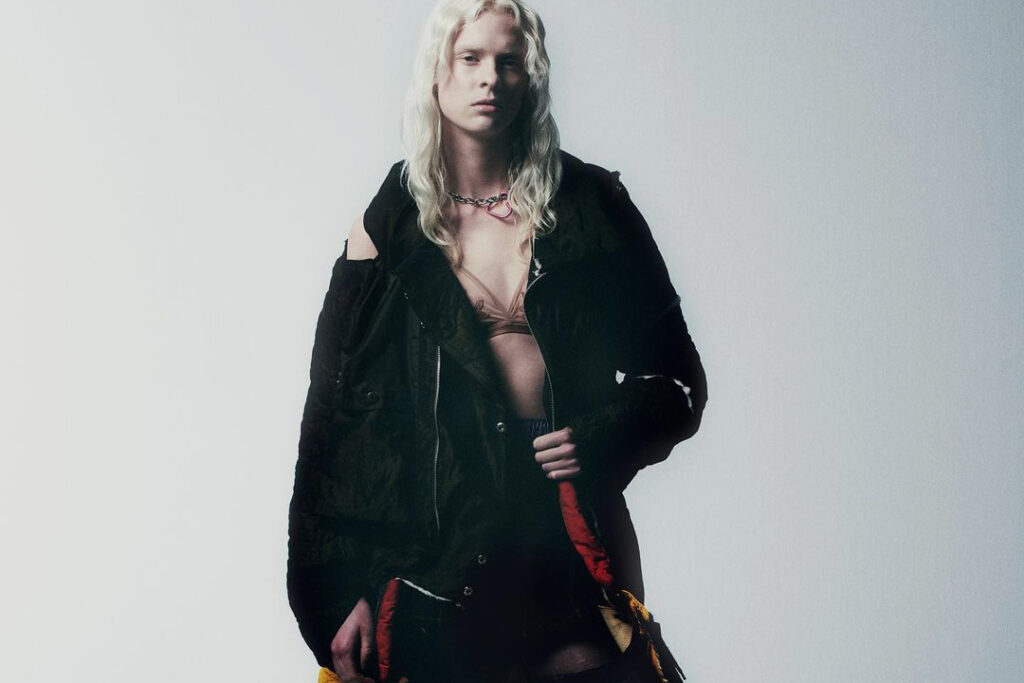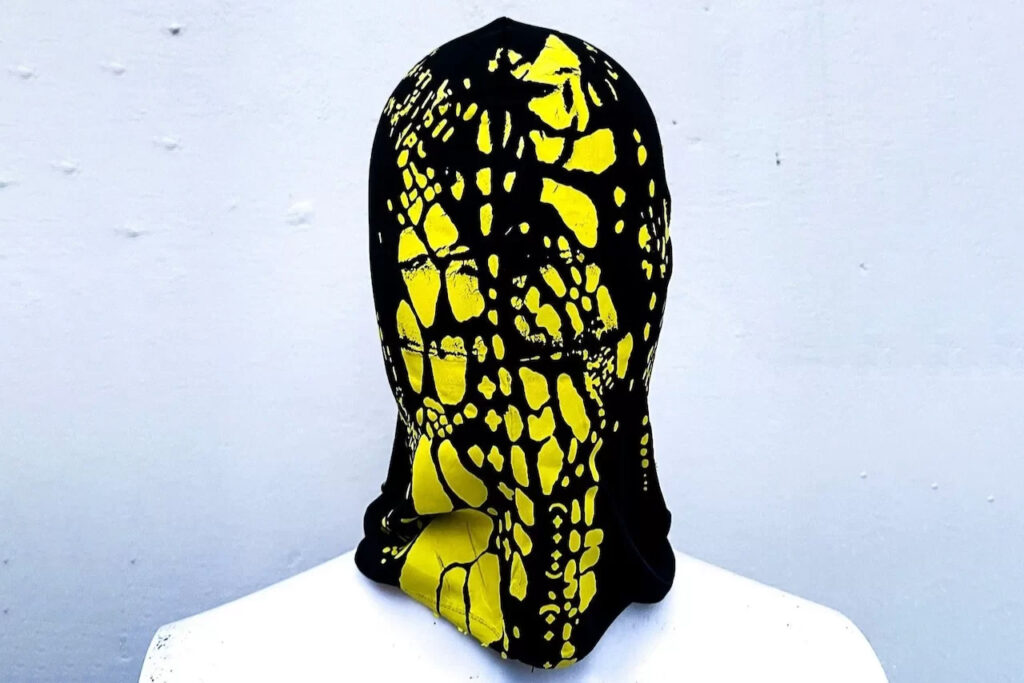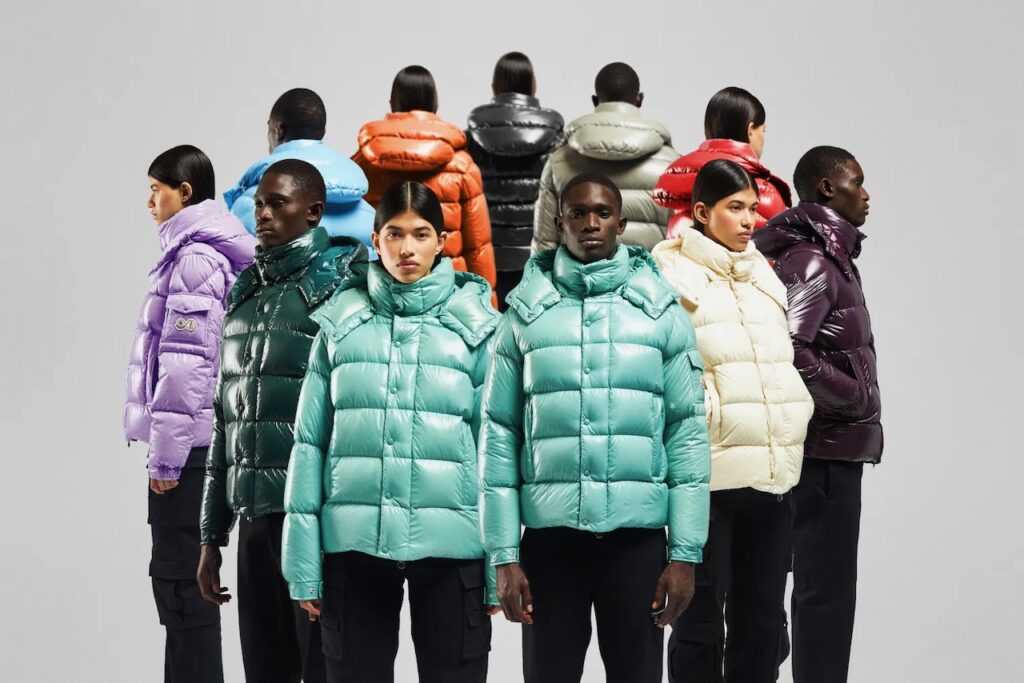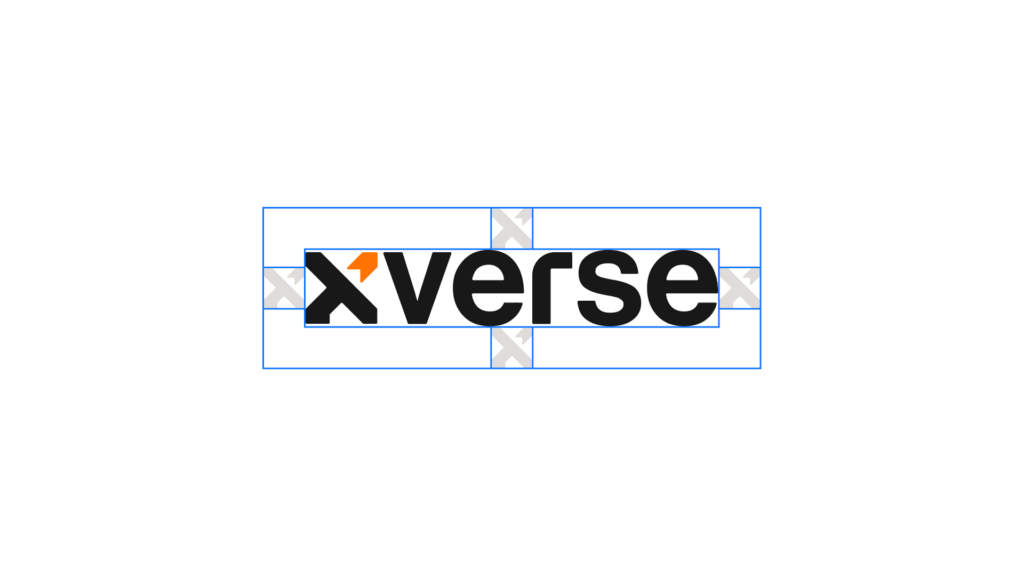Planet or Business: who comes first?
I know… It is a tricky question. And even quite old. More or less, as old as the history of philosophy- Anyone remembers the conflict between nature and human? Well, don’t worry, no need to go so far as to give an answer.
As consumers, we cannot just get rid of it by screaming ‘’THE PLANET FIRST!”, forgetting the huge chain of working people that make our pants. As a brand, we cannot just think of profits, forgetting the consequence of our choices on earth and people’s health.
For some years now, something has been moving from the bottom of society. Visible climate changes, chaotic political events, protests, health breakdowns, and the uncertainty of the future have raised personal and collective responsibility as never before. And obviously, it has affected the fashion landscape as any other field. Consumer habits have been changing: the more we become aware, the more we claim for conscious production, fairness, and transparency. Even before Covid-19, sustainability was a hot issue for those giant and emerging brands supporting old business models and fast-fashion modus operandi. The system was already shaking, and the most awake companies acted accordingly. Nowadays, we reached the tipping point, and brands need to choose if they’re going green or lose a lion’s share of their earnings.
The aftermath of months in lockdown and forced closure have unveiled the problem of overproduction and excessive inventories. If on one side it translates into lost revenues and closure of entire departments for brands, on the other, it reveals to the world the unnecessary pollution that the fashion industry has carried in the last decades. Despite some businesses found engaging ways to sell away their 2020 overstock, many big names are holding onto excess, from PVH and Michael Kors to Gap and Versace – According to the Business of Fashion and McKinsey&Co Report “The state of fashion 2021”.
Again, Planet or Business?
It is up to anyone of us. Before companies, it is the consumer which is evolving. In the wake of a new global crisis, we have developed a “less is more” approach, which perfectly fits with the claimed changes in the fashion cycle. Companies are called upon to align with the new customer’s mindset, based on an aware critique of consumerism: sustainable, long-lasting, and high-quality items are playing a key role in purchasing decisions, more than “newness”. That is a simple equation: an increasing consumer’s sustainability awareness equals the adoption of a circular business model by fashion companies. Therefore, it equals a cleaner planet.
For those living on Mars, Circular Fashion is a strategy to reduce waste by designing the whole chain with the product’s next lifecycle in mind. Anna Brismar, owner of the innovation-driven consultancy firm Green Strategy, coined the concept in 2014. In charge to plan a sustainable fashion talk in Stockholm, she had an organizational meeting with all participant brands and panelists, introducing the main event topic of circular fashion and its 16 key principles. Brismar herself further updated the concept in 2017:
“Circular fashion’ can be defined as clothes, shoes, or accessories that are designed, sourced, produced, and provided with the intention to be used and circulate responsibly and effectively in society for as long as possible in their most valuable form, and hereafter return safely to the biosphere when no longer of human use.”
[Anna Brismar, 2017, Origin and Definition of Circular Fashion, https://www.greenstrategy.se/circular-fashion-definition/ ]
So, the main principles addressed to companies consider the whole lifecycle of an item, from designing with a clear purpose, taking in mind longevity and biodegradability, to sourcing and producing locally while engaging good ethics. The final idea is to “reuse, recycle or compost all remains”.
The shift in brand strategies should couple a demand-led model with a dedicated production and price optimization. A first step involves a significative reduction of inventory complexity, boosting timeless items, rather than the latest trends. Second tip: companies should start sourcing sustainable materials and textiles. A great example is provided by Polite Worldwide, which has developed a whole sunglasses collection in biodegradable materials: plant-based acetate, stainless steel, and a master handcraft assure a long-last product lifetime.

Source: www.politeworldwide.com
The smarter companies are driving circularity through analytics and e-commerce filters. Many brands are exploiting tools and online data, to create collections based on consumer insights. Also, the made-to-order model can provide a concrete economy in the price-volume ratio while avoiding the surplus. If it slows down the product delivery and logistics processes, it is even true that emerging brands like Rolànn have faced the problem by engaging with storytelling and transparency in their communication.
A clear insight is coming also from bigger firms – first of all Gucci- which just canceled its cruise, resort, and mid-season collections, lightening fashion calendar and overturning the hype rush. In other words, they are aligning new drops according to consumer needs, rather than fashion system beats.
Sounds epic? Of course, we are far from a radical rethought of the whole system: but it is possible- and somehow necessary in order to create sustainable but also affordable products. Circular revolution requires a collective effort from brands and value chain stakeholders to consumers, a synergy toward a better future.
At the end of the day, Planet and Business can coexist, and affect positively each other; and the reform that all fashion companies are going through in 2021 seems to be a great chance to rewrite an obsolete fashion system and to reconcile industry with Mother Earth.
Written by Nicole di Sandro
Sources :
https://www.greenstrategy.se/circular-fashion-definition/
https://www.greenstrategy.se/circular-fashion/key-principles-of-circular-fashion/
http://cdn.businessoffashion.com/reports/The_State_of_Fashion_2021.pdf

